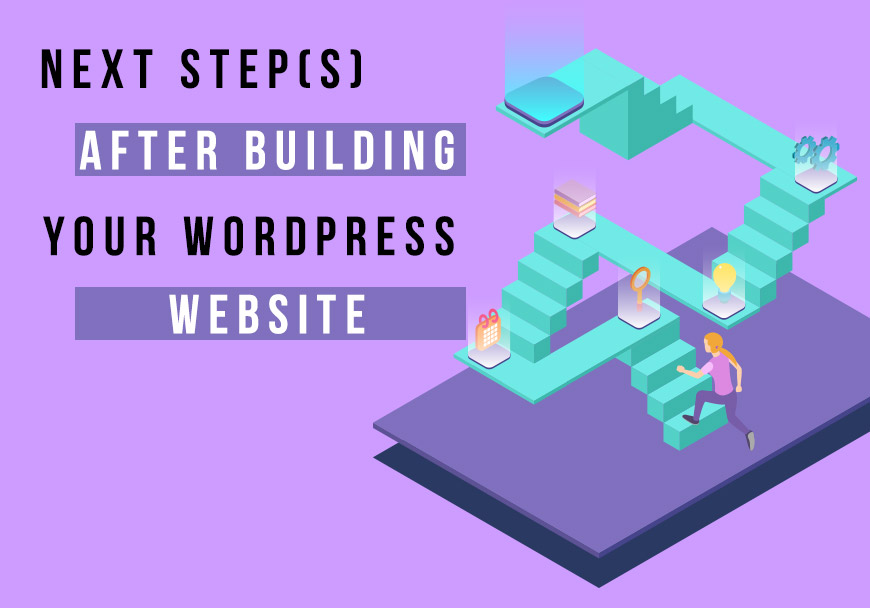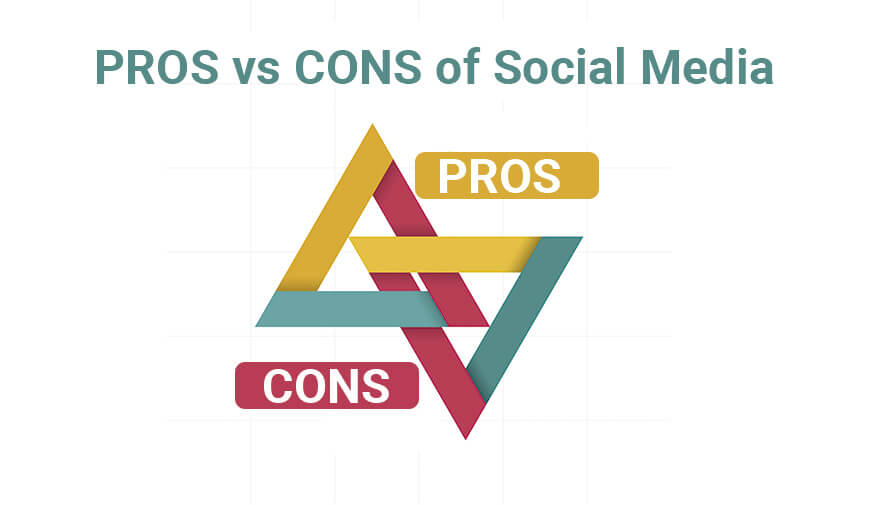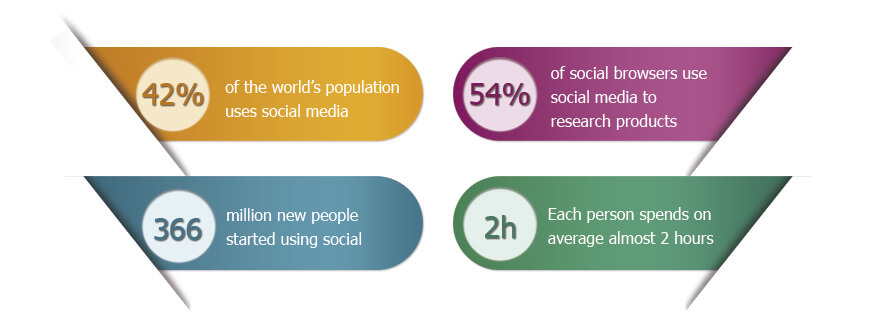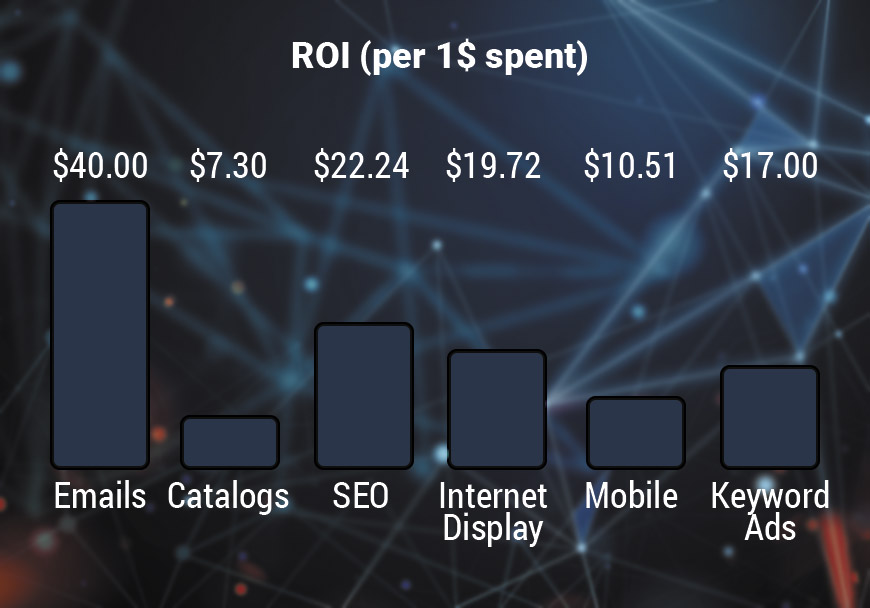If you landed on this page, that means that your website is up and running. Congratulations mate! Welcome to the world wide web, this big place, where we all can work together.
At Fribba, we want to help you guys, sharing our knowledge with you all, by simplify the whole process of building a WordPress website, bringing to you, the latest and finest details about anything you need to know, from purchasing your domain name and hosting to installing, customizing, writing posts, ideas on what to write about, keywords research, monetizing your blog and so on.
This article is for you too, for those who don’t have a WordPress website by now. Looking for some precious insights on how to build yourself your very own WordPress website? Again, you are in the right place.
Don’t have a clue about building a WordPress website? Would you like to learn?
Then check this stunning article, where you will learn how to create a WordPress website in 15 steps. Awesome!
What we will discuss in this article?
- Social Media
- Content Upgrade
- Email List
In order to sell products, or just to be ranked on search engines, people have to know that you are on the market, regardless of your targeted niche.
Aside from that, one thing’s certain, you will just need to make a big fuss, so people can hear you, read your blogs, or even buying your products.
Without any further ado, let’s explore in more depth the main topics of this article.
1. Social Media
What is Social Media?
An online community created by users, where they can share ideas, pieces of information, personal messages, all kinds of content (videos, images, Gifs) and so on. Incredible, isn’t?
Social media is also used, in business, to market products, promote brands and connect with your existing and new customers.
By using Google Analytics, you can view, track and collect precious data, such as user behavior, traffic source, average time spent on a page, etc. These data are combined into reports, which you can use to perform an in-depth analysis to better understand your clients.
What are the PROS and CONS of Social Media?
Who would have thought that there were CONS? Let’s face it, every good thing has its bad parts.
And because we are talking about businesses, I made a list to see for yourself the PROS and CONS of Social Media.
Here we go:
PROS
- You can create organic content;
- It’s an easy way to attract your audience;
- It enhances business associations;
- It gives you better exposure to your business, which can lead to more traffic, ergo more visitors;
- It helps people across the globe to communicate and stay connected with each other, which means that it more likely to start a business even for those with tight-budget;
- It’s a way to earn extra bucks;
- It gives you the opportunity to promote your business easily, in a cost-effective manner;
- It’s a great source of information and entertainment also;
- It can create brand awareness;
- Using relevant content will grab the attention of potential customers;
- The costs to maintain social media are minimal.
CONS
- Time-consuming, especially in the beginning, when you don’t have enough content on your website. You can easily be caught in the middle (creating your content and promoting it);
- Your ideas can be stolen;
- A misinformed customer can ruin your day and your brand, with a nasty review;
- Wrong marketing campaigns. It can happen and you can end up chasing away your potential clients;
- Losing your privacy. There’s the possibility that hackers find a “loop” in the security of the website;
- Decreases face-to-face communication skills, at some level;
- You have to wait to see results. Don’t wait for a miracle, make it happen instead.
Social Media has grown tremendously in the last few years. An in addition to the PROS and CONS, I want to share with you also some useful stats.
I’m going to stick my neck out there when I’m saying that you can turn even the CONS in your favor.
You just need to do a little research and pay attention to the PROS and CONS listed above. It will worth it. (Especially on how to “double” secure your website. There’s no such thing as being too(ooo) paranoic).
Enough chit-chat. Let’s continue.
What platforms are used in Social Media?
Who doesn’t love funny videos with dorky dogs? Without these platforms, you wouldn’t be able to see them. What I’m going to say in the next section, is no secret for anyone. Or is it?
To prove it, here are the most commonly used platforms:
Facebook – is an American online social media and social networking service. You can post text, photos, and multimedia which is shared with any other users that have agreed to be your “buddy“, or, with a different privacy setting, with any reader.
Fun(tastic) Stats about Facebook:
Did you know that:
- If your Facebook ads contain images, then they will be between 75% and 90% more effective?
- 96% of Facebook users access it on mobile?
- 93% of social media advertisers use Facebook ads on a regular basis?
Twitter – is an American microblogging and social networking service on which users post and interact with messages known as “tweets”. Tweets were originally restricted to 140 characters, but on November 7, 2017, this limit was doubled to 280 for all languages except Chinese, Japanese, and Korean. I wonder why 🙂 .
Fun(tastic) Stats about Twitter:
Did you know that:
- 9% more people are now using Twitter on a daily basis?
- 326 million people use Twitter every month?
- Link clicks account for 92% of all user interaction with tweets?
- 53% of users say they bought a product they first saw on Twitter?
LinkedIn – is an American business and employment-oriented service that operates via websites and mobile apps, mainly used for professional networking, including employers posting jobs and job seekers posting their CVs.
Fun(tastic) Stats about LinkedIn:
Did you know that:
- There are over 530 million user profiles on LinkedIn?
- 80% of social media B2B leads come from LinkedIn?
- Over 46% of all social media traffic to company websites comes from LinkedIn?
Instagram– is an American photo and video–sharing social networking service owned by Facebook, Inc. The app allows users to upload photos and videos to the service, which can be edited with various filters. An account’s posts can be shared publicly or with pre-approved followers. Users can browse other users’ content by tags and locations, and view trending content. Users can like photos and follow other users to add their content to a feed.
Fun(tastic) Stats about Instagram:
Did you know that:
- Instagram has 1 billion monthly active users, and 500 million of them use it daily?
- 59% of Instagram users are under the age of 30?
- Videos get 21.2% more interactions compared to images and 18.6% more interactions compared to carousels?
YouTube – is an American video-sharing platform. Allows users to upload, view, rate, share, add to playlists, report, comment on videos, and subscribe to other users. It offers a wide variety of user-generated and corporate media videos. Available content includes video clips, TV show clips, music videos, short and documentary films, audio recordings, movie trailers, live streams, and other content such as video blogging, short original videos, and educational videos.
Fun(tastic) Stats about YouTube:
Did you know that:
- YouTube is the preferred form of social media marketing worldwide and that 83% of all consumers prefer it?
- 54% of all people want marketers to put out more video content, and this is an excellent place to begin?
- Most of YouTube’s user base is male (55% men to 45% women)?
Well, how about that?
Although the statistics say that you should use social media as a part of your strategy marketing, there is still a question that pops in my mind and that question is “What platform suits my business?“
The answer is that you can’t tell at first sight. You have to see it for yourself, and another thing, because it is a time-consuming process (using social media, promote your brand/blog), prepare a “clever” strategy marketing and stick to it.
And because each of these platforms has different requirements for profile picture, cover images, etc., and I know this can be a bit overwhelming, you can take a peek on this article about Social Media Image Sizes. Better to be prepared than to be sorry.
2. Upgrade Content
What in the world is Content Upgrade?
It is a simple process of turning your blog posts into a free, bonus content that people can get their hands on it. Although this is a win-win situation, to get access to a specific content upgrade, your visitors (probably future customers) have to subscribe to your email.
The content upgrade makes a blog post more powerful and valuable for building an email list, along with the fact that you can boost your email conversion rate.
Do you use the ability of content upgrade?
Cause if you don’t and I’m supporting you to do it, you may be left behind.
I bet you’re questioning yourself on how hard can it be to create a content upgrade that works. May I comfort you when I say that it isn’t so difficult to create?
Don’t believe me? Let’s jump into this list with content upgrade ideas.
Content Upgrade Ideas
- Blog post turned into a downloadable PDF
There’s no brainer here that is one of the easiest upgrades to offer. If your content is precious and informative, your readers will want to have that post on their computer/device. In this way, they can go to it whenever they please.
How do you add a Pdf into WordPress? Using Google Docs (or any other programs that support this extension), you can save your final draft as a pdf. After you did that, go into your WordPress editor, hit the “Add Media” button, type pdf, just like in the image below:
Click on the “File” document and an uploader editor will pop-up. Here you can drag-and-drop your file, you can choose it from your computer by hitting the “Upload” button or if the pdf document is already attached in your “Media Library”, you can also select it from there.
For visual aid, see the image below that shows after you select the file how is going to appear:
Done! You’re good to go.
The method featured above is for free download, free as you can get, no email, no nothing.
- Create a step-by-step guide
Throughout your carrier did you encounter some issues/problems without solutions/answers? Did you figure it out, eventually?
If the answer is yes, why wouldn’t you share it with your buddies across the globe by creating a step-by-step guide? You could ask for their e-mail address in exchange for the solution you provide. Before, you’ll know it your subscribers’ list will fatten up pretty nicely.
- Case study
You can write a case study on real-world situations or a theory that proves many wrongs (These ideas poped first in my head, don’t know why).
Regardless of your topic, people want to learn about everything.
Do you have an interesting and fascinating life story? You should write a case study, as yourself as the main character.
- Worksheets
If you like to teach, go nuts and explore more the concept. You can create a homework assignment and worksheets that can be downloadable to help others out.
- Printable
This could be an image, motivational quote or anything that comes in your mind. Your readers can use them to print on basically any material they want (i.e. t-shirts, mugs, pillows, etc).
For real statistics!
- Brian Casel of Casjam says that content upgrades were instrumental in helping him grow his list from hundreds to over 7,000 in 18 months;
- Bryan Harris of Videofruit.com writes that he now gets a 20-30% opt-in rate on his blog posts, with some as high as 62%;
- James Scherrer from Wishpond found content upgrades convert their visitors 575% better compared to the articles that don’t feature one;
- Brian Dean of Backlinko added content upgrades to 15 blog posts and boosted his site-wide conversion rate by 185%;
- Mariah Coz from Femtrepreneur says that content upgrades took her from getting 2-5 email sign-ups a day to 25-45 email subscribers a day (about a 50% conversion rate);
- Devesh Khanal increased the conversion rate of just one blog post by 492% by implementing a content upgrade.
I mean, wow, how incredible is it!
And, because our purpose is to grow an email list, I’ll share with you a free plugin from WordPress. Subscribe to Download Lite, after you install/activate it, all you files that you offer as a content upgrades will be downloaded through email after a successful subscription.
3. Email list
Let’s name it “the list”, a unique list of names and addresses of people, who freely gave their permission to subscribe to your website. Because they joined your email list, hence the interest in what you have to offer, they are more predisposed to become customers (trusted customers).
As you may notice, today’s trends are all about social media marketing, search engine optimization and whatever other processes of turning your business from zero to hero. And I’m not going to lie, there is no other channel that will give you a better ROI.
Many studies have shown that emails empower every other form of online marketing, in terms of ROI.
ROI is shortened for Return of Investment and is a performance measure used to evaluate the efficiency of an investment or compare the efficiency of several different investments. According to Adobe, email has an ROI of $40 for every $1 spent. That knocks organic search and paid search combined!
Basically, it shows how much you can make if you decide to sell products/services to your subscribers.
What I covered so far, included also on how to build an email list (subscribers) based on content upgrades, but I can tell you that the sky is the limit when it comes to growing your email list with marketing strategy. All you need, and I’m assuming that by now, you have a professional email marketing service.
How to manage and maintain your email list
Using your email list in your benefit can be a powerful tool to have. And by any chance, if you have your email list by now, your rock dude. Kudos!
Having an email list is just the tip of the iceberg, but having an organized email list is “la creme de la creme”. OK. You might be asking why. I can say that one thing’s certain, it is crucial in having successful email campaigns.
In lights of clearance, let’s have a look at some tactics to organize your email list:
Audience segmentation
It involves dividing the audience into groups based on the characteristics and interests of the users that make it up.
You can segment their emails based on any personalized data they gave. Some examples of segmented email lists include:
- User demographics — geographical location, age, gender, etc;
- User email update preferences — discounts, event details, newsletters;
- Purchase history.
Email list data
After you have launched out your campaign, dive deep into its report to see what worked properly and what didn’t.
If users click through the links in the email you sent them, if they opened your email or simply they interacted with your email in any way, it can be tracked. Just about anything subscribers do on their email is tracked.
Usually, the email marketing services provide also analysis instruments.
Keep a neat list
It is recommended, that once per year, or when you notice something “fishy” in bounce rates, to do a list cleaning. Make time to remove duplicate addresses, addresses with typos or invalid addresses.
Re-engagement campaigns
An unengaged contact is one who has a valid email address and is still subscribed but doesn’t open or read your emails and/or clicked one for quite some period. If you notice that you have a lot of inactive subscribers in your email list data, send them a re-engagement email.
Re-engagement campaigns are a fantastic way to reignite the fire between you and your subscribers.
Final thoughts
As we wrap up, I’m going to tell you a few secrets. Secrets on how to compose an excellent marketing email. Just let this sink in for a minute.

- It is important – the message in the newsletter must be convincing;
- The subject of the email contributes to the success of the campaign. An effective message will convince people to open the mail;
- It is recommended that the subject of a newsletter be made up of max. 10 WORDS (try to avoid words as a discount, free or special, as well as monetary symbols);
- Email links should include “Call to Action”;
- Unsubscribe should be simple.
Essential information:
- Find a short but powerful title;
- Write relevant content, in a friendly and funny tone;
- Always include useful links that improve your audience experience by influencing more sales/visits.














No Comments